Takeshi Kojima
Topology of Reasoning: Understanding Large Reasoning Models through Reasoning Graph Properties
Jun 06, 2025Abstract:Recent large-scale reasoning models have achieved state-of-the-art performance on challenging mathematical benchmarks, yet the internal mechanisms underlying their success remain poorly understood. In this work, we introduce the notion of a reasoning graph, extracted by clustering hidden-state representations at each reasoning step, and systematically analyze three key graph-theoretic properties: cyclicity, diameter, and small-world index, across multiple tasks (GSM8K, MATH500, AIME 2024). Our findings reveal that distilled reasoning models (e.g., DeepSeek-R1-Distill-Qwen-32B) exhibit significantly more recurrent cycles (about 5 per sample), substantially larger graph diameters, and pronounced small-world characteristics (about 6x) compared to their base counterparts. Notably, these structural advantages grow with task difficulty and model capacity, with cycle detection peaking at the 14B scale and exploration diameter maximized in the 32B variant, correlating positively with accuracy. Furthermore, we show that supervised fine-tuning on an improved dataset systematically expands reasoning graph diameters in tandem with performance gains, offering concrete guidelines for dataset design aimed at boosting reasoning capabilities. By bridging theoretical insights into reasoning graph structures with practical recommendations for data construction, our work advances both the interpretability and the efficacy of large reasoning models.
Inconsistent Tokenizations Cause Language Models to be Perplexed by Japanese Grammar
May 26, 2025Abstract:Typical methods for evaluating the performance of language models evaluate their ability to answer questions accurately. These evaluation metrics are acceptable for determining the extent to which language models can understand and reason about text in a general sense, but fail to capture nuanced capabilities, such as the ability of language models to recognize and obey rare grammar points, particularly in languages other than English. We measure the perplexity of language models when confronted with the "first person psych predicate restriction" grammar point in Japanese. Weblab is the only tested open source model in the 7-10B parameter range which consistently assigns higher perplexity to ungrammatical psych predicate sentences than grammatical ones. We give evidence that Weblab's uniformly bad tokenization is a possible root cause for its good performance, and show that Llama 3's perplexity on grammatical psych predicate sentences can be reduced by orders of magnitude (28x difference) by restricting test sentences to those with uniformly well-behaved tokenizations. We show in further experiments on machine translation tasks that language models will use alternative grammar patterns in order to produce grammatical sentences when tokenization issues prevent the most natural sentence from being output.
A Comprehensive Survey on Physical Risk Control in the Era of Foundation Model-enabled Robotics
May 19, 2025Abstract:Recent Foundation Model-enabled robotics (FMRs) display greatly improved general-purpose skills, enabling more adaptable automation than conventional robotics. Their ability to handle diverse tasks thus creates new opportunities to replace human labor. However, unlike general foundation models, FMRs interact with the physical world, where their actions directly affect the safety of humans and surrounding objects, requiring careful deployment and control. Based on this proposition, our survey comprehensively summarizes robot control approaches to mitigate physical risks by covering all the lifespan of FMRs ranging from pre-deployment to post-accident stage. Specifically, we broadly divide the timeline into the following three phases: (1) pre-deployment phase, (2) pre-incident phase, and (3) post-incident phase. Throughout this survey, we find that there is much room to study (i) pre-incident risk mitigation strategies, (ii) research that assumes physical interaction with humans, and (iii) essential issues of foundation models themselves. We hope that this survey will be a milestone in providing a high-resolution analysis of the physical risks of FMRs and their control, contributing to the realization of a good human-robot relationship.
Which Programming Language and What Features at Pre-training Stage Affect Downstream Logical Inference Performance?
Oct 09, 2024



Abstract:Recent large language models (LLMs) have demonstrated remarkable generalization abilities in mathematics and logical reasoning tasks. Prior research indicates that LLMs pre-trained with programming language data exhibit high mathematical and reasoning abilities; however, this causal relationship has not been rigorously tested. Our research aims to verify which programming languages and features during pre-training affect logical inference performance. Specifically, we pre-trained decoder-based language models from scratch using datasets from ten programming languages (e.g., Python, C, Java) and three natural language datasets (Wikipedia, Fineweb, C4) under identical conditions. Thereafter, we evaluated the trained models in a few-shot in-context learning setting on logical reasoning tasks: FLD and bAbi, which do not require commonsense or world knowledge. The results demonstrate that nearly all models trained with programming languages consistently outperform those trained with natural languages, indicating that programming languages contain factors that elicit logic inference performance. In addition, we found that models trained with programming languages exhibit a better ability to follow instructions compared to those trained with natural languages. Further analysis reveals that the depth of Abstract Syntax Trees representing parsed results of programs also affects logical reasoning performance. These findings will offer insights into the essential elements of pre-training for acquiring the foundational abilities of LLMs.
Answer When Needed, Forget When Not: Language Models Pretend to Forget via In-Context Knowledge Unlearning
Oct 01, 2024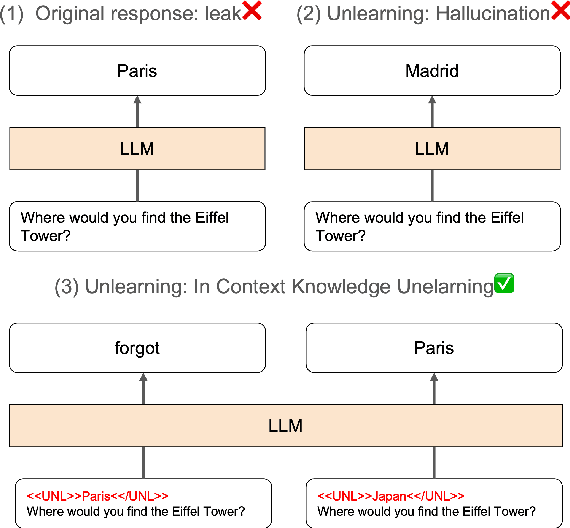

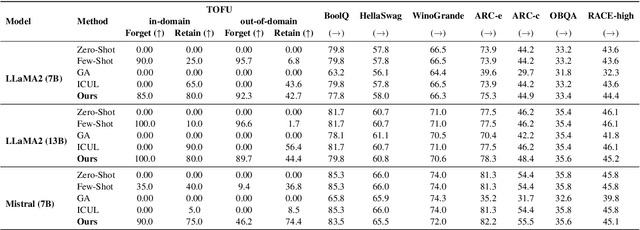

Abstract:As large language models (LLMs) are applied across diverse domains, the ability to selectively unlearn specific information has become increasingly essential. For instance, LLMs are expected to provide confidential information to authorized internal users, such as employees or trusted partners, while withholding it from external users, including the general public and unauthorized entities. In response to this challenge, we propose a novel method termed ``in-context knowledge unlearning'', which enables the model to selectively forget information in test-time based on the context of the query. Our method fine-tunes pre-trained LLMs to enable prompt unlearning of target knowledge within the context, while preserving other knowledge. Experiments on the TOFU and AGE datasets using Llama2-7B/13B and Mistral-7B models show our method achieves up to 95% forgetting accuracy while retaining 80% of unrelated knowledge, significantly outperforming baselines in both in-domain and out-of-domain scenarios. Further investigation into the model's internal behavior revealed that while fine-tuned LLMs generate correct predictions in the middle layers and maintain them up to the final layer, they make the decision to forget at the last layer, i.e., ``LLMs pretend to forget''. Our findings offer valuable insights into enhancing the robustness of unlearning mechanisms in LLMs, setting a foundation for future research in the field.
On the Multilingual Ability of Decoder-based Pre-trained Language Models: Finding and Controlling Language-Specific Neurons
Apr 03, 2024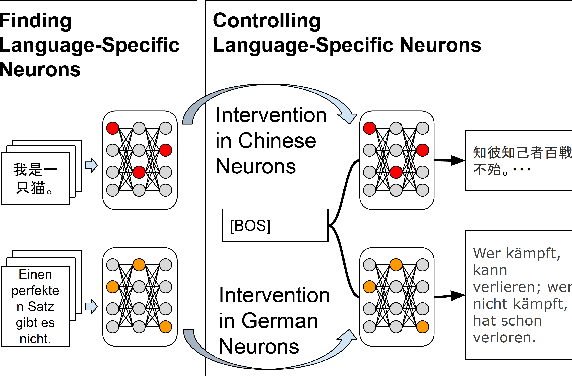
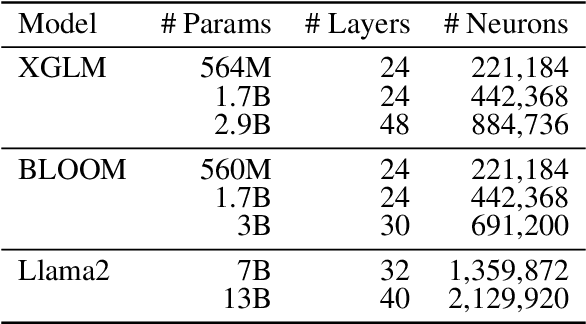

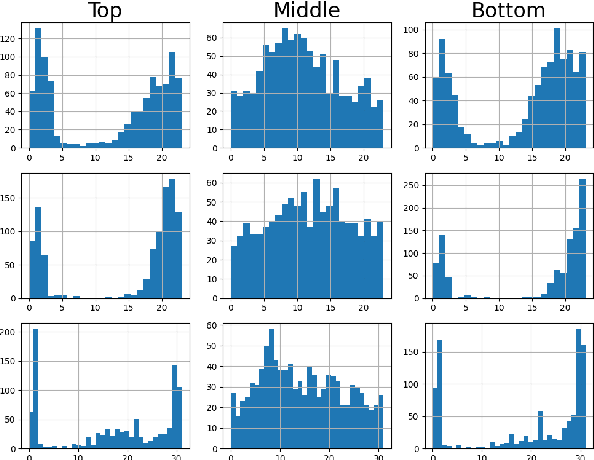
Abstract:Current decoder-based pre-trained language models (PLMs) successfully demonstrate multilingual capabilities. However, it is unclear how these models handle multilingualism. We analyze the neuron-level internal behavior of multilingual decoder-based PLMs, Specifically examining the existence of neurons that fire ``uniquely for each language'' within decoder-only multilingual PLMs. We analyze six languages: English, German, French, Spanish, Chinese, and Japanese, and show that language-specific neurons are unique, with a slight overlap (< 5%) between languages. These neurons are mainly distributed in the models' first and last few layers. This trend remains consistent across languages and models. Additionally, we tamper with less than 1% of the total neurons in each model during inference and demonstrate that tampering with a few language-specific neurons drastically changes the probability of target language occurrence in text generation.
Unnatural Error Correction: GPT-4 Can Almost Perfectly Handle Unnatural Scrambled Text
Nov 30, 2023



Abstract:While Large Language Models (LLMs) have achieved remarkable performance in many tasks, much about their inner workings remains unclear. In this study, we present novel experimental insights into the resilience of LLMs, particularly GPT-4, when subjected to extensive character-level permutations. To investigate this, we first propose the Scrambled Bench, a suite designed to measure the capacity of LLMs to handle scrambled input, in terms of both recovering scrambled sentences and answering questions given scrambled context. The experimental results indicate that most powerful LLMs demonstrate the capability akin to typoglycemia, a phenomenon where humans can understand the meaning of words even when the letters within those words are scrambled, as long as the first and last letters remain in place. More surprisingly, we found that only GPT-4 nearly flawlessly processes inputs with unnatural errors, even under the extreme condition, a task that poses significant challenges for other LLMs and often even for humans. Specifically, GPT-4 can almost perfectly reconstruct the original sentences from scrambled ones, decreasing the edit distance by 95%, even when all letters within each word are entirely scrambled. It is counter-intuitive that LLMs can exhibit such resilience despite severe disruption to input tokenization caused by scrambled text.
Robustifying Vision Transformer without Retraining from Scratch by Test-Time Class-Conditional Feature Alignment
Jun 28, 2022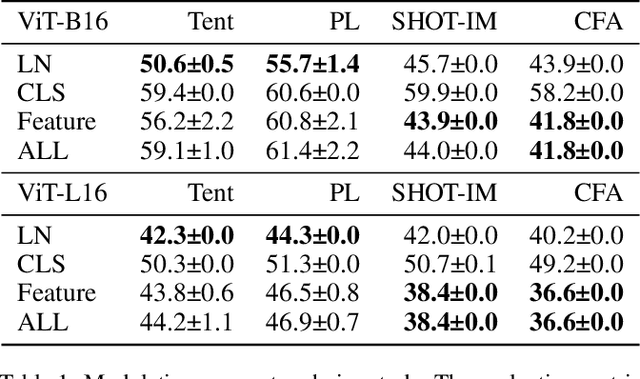
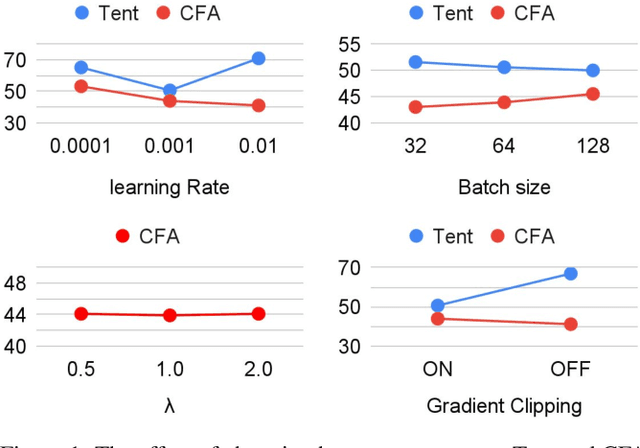

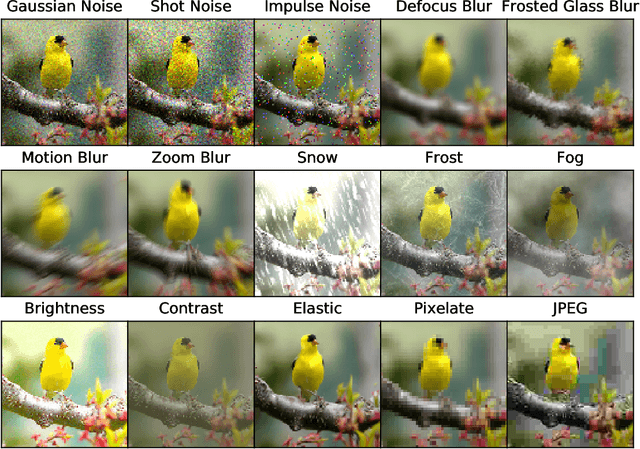
Abstract:Vision Transformer (ViT) is becoming more popular in image processing. Specifically, we investigate the effectiveness of test-time adaptation (TTA) on ViT, a technique that has emerged to correct its prediction during test-time by itself. First, we benchmark various test-time adaptation approaches on ViT-B16 and ViT-L16. It is shown that the TTA is effective on ViT and the prior-convention (sensibly selecting modulation parameters) is not necessary when using proper loss function. Based on the observation, we propose a new test-time adaptation method called class-conditional feature alignment (CFA), which minimizes both the class-conditional distribution differences and the whole distribution differences of the hidden representation between the source and target in an online manner. Experiments of image classification tasks on common corruption (CIFAR-10-C, CIFAR-100-C, and ImageNet-C) and domain adaptation (digits datasets and ImageNet-Sketch) show that CFA stably outperforms the existing baselines on various datasets. We also verify that CFA is model agnostic by experimenting on ResNet, MLP-Mixer, and several ViT variants (ViT-AugReg, DeiT, and BeiT). Using BeiT backbone, CFA achieves 19.8% top-1 error rate on ImageNet-C, outperforming the existing test-time adaptation baseline 44.0%. This is a state-of-the-art result among TTA methods that do not need to alter training phase.
Large Language Models are Zero-Shot Reasoners
May 24, 2022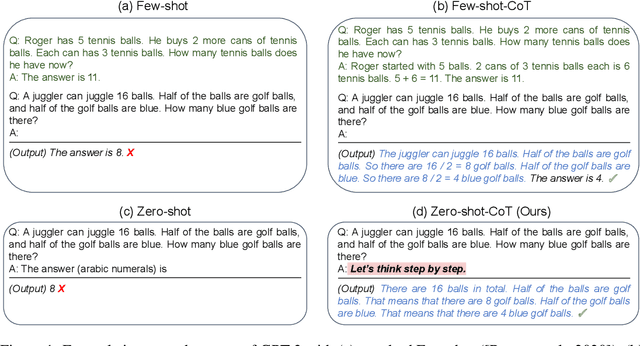
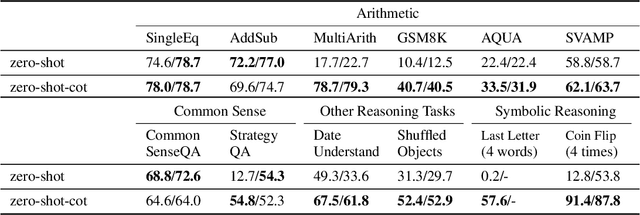
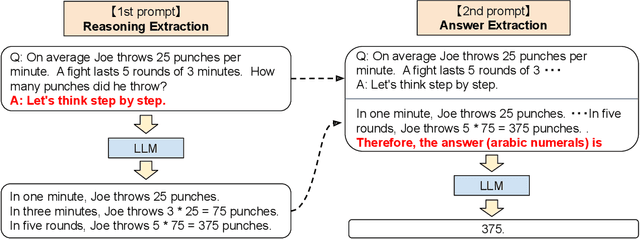
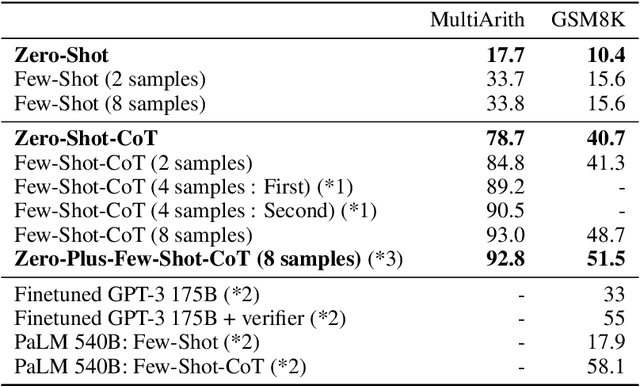
Abstract:Pretrained large language models (LLMs) are widely used in many sub-fields of natural language processing (NLP) and generally known as excellent few-shot learners with task-specific exemplars. Notably, chain of thought (CoT) prompting, a recent technique for eliciting complex multi-step reasoning through step-by-step answer examples, achieved the state-of-the-art performances in arithmetics and symbolic reasoning, difficult system-2 tasks that do not follow the standard scaling laws for LLMs. While these successes are often attributed to LLMs' ability for few-shot learning, we show that LLMs are decent zero-shot reasoners by simply adding ``Let's think step by step'' before each answer. Experimental results demonstrate that our Zero-shot-CoT, using the same single prompt template, significantly outperforms zero-shot LLM performances on diverse benchmark reasoning tasks including arithmetics (MultiArith, GSM8K, AQUA-RAT, SVAMP), symbolic reasoning (Last Letter, Coin Flip), and other logical reasoning tasks (Date Understanding, Tracking Shuffled Objects), without any hand-crafted few-shot examples, e.g. increasing the accuracy on MultiArith from 17.7% to 78.7% and GSM8K from 10.4% to 40.7% with an off-the-shelf 175B parameter model. The versatility of this single prompt across very diverse reasoning tasks hints at untapped and understudied fundamental zero-shot capabilities of LLMs, suggesting high-level, multi-task broad cognitive capabilities may be extracted through simple prompting. We hope our work not only serves as the minimal strongest zero-shot baseline for the challenging reasoning benchmarks, but also highlights the importance of carefully exploring and analyzing the enormous zero-shot knowledge hidden inside LLMs before crafting finetuning datasets or few-shot exemplars.
 Add to Chrome
Add to Chrome Add to Firefox
Add to Firefox Add to Edge
Add to Edge